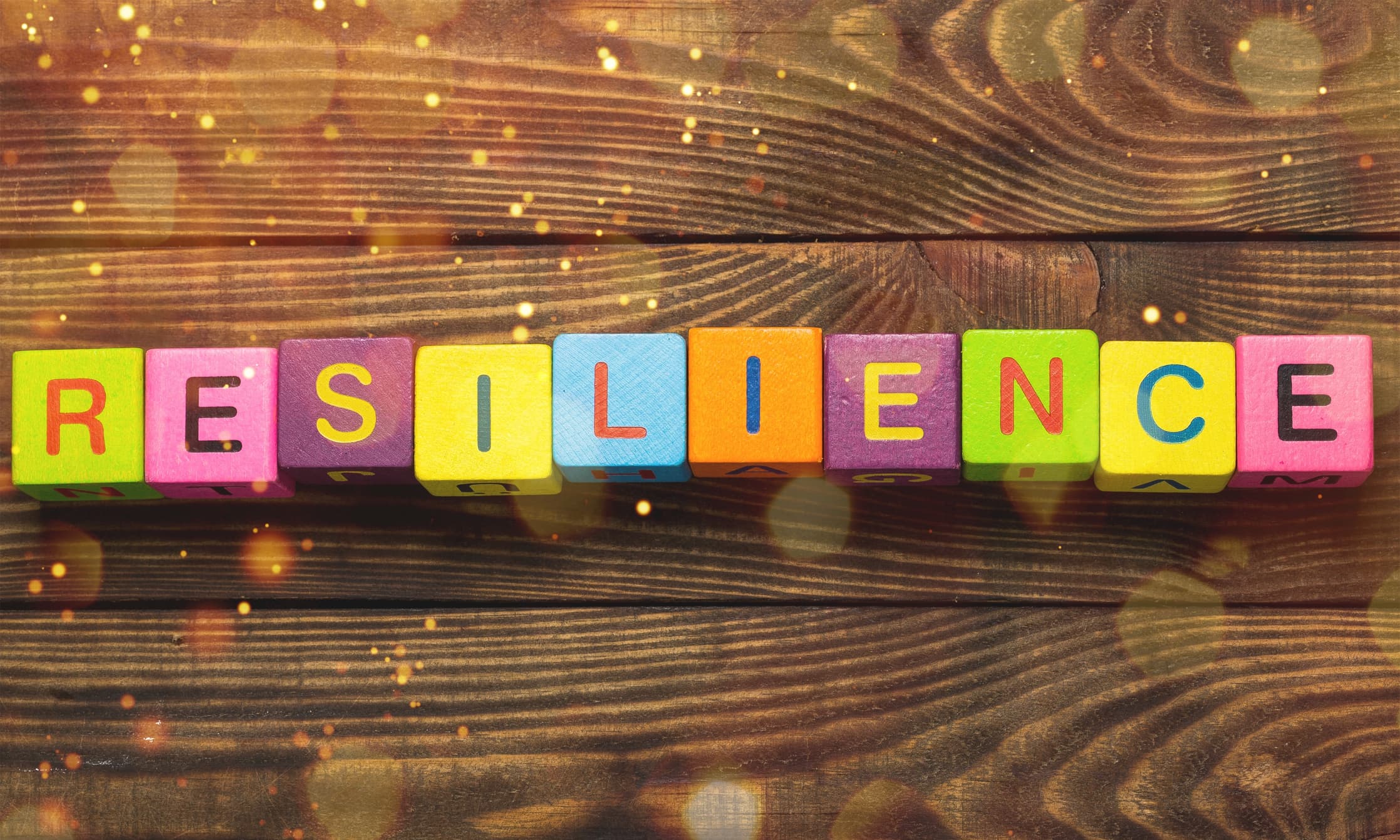By Kathleen Federici, M.Ed.
This blog in its entirety was originally published by Training Industry in Training Industry Magazine’s Spring 2022 edition.
Change management projects and initiatives sometimes fail because the people involved are not resilient enough to deal with the change. Resilience is the quality that enables a person to bounce back and thrive through change. Projects are often undertaken without any idea of whether the people who will be affected are resilient enough to make the change. When faced with change, people can do nothing — or they can act. Both options have consequences. The resilience inside all of us is what makes change happen.
Change management statistics date back as far as 10 years, with a commonly cited example being that 70% of all change management initiatives fail. Change management has evolved through the years into various models. The foundation of change management formally began with The Bridges Transition Model, created by William Bridges, which helps organizations and individuals understand and more effectively manage and work through the personal and human side of change, which we now call resilience. This early model identifies the three stages an individual experiences during change:
- Ending what currently is.
- The neutral zone.
- The new beginning.
This model starts with the ending. People identify with what they are losing — what was once familiar is now ending. They then move into the neutral zone where there is a reality that has ended for them and a new reality of confusion. The last stage involves new beginnings, where these resilient people now understand their new role and purpose and can contribute effectively.
More recently, we’ve seen how change management has evolved into resiliency. We have created certificates and formalized programs for people who are so resilient, they have made change management and people management their job of choice. We now realize that change can happen, and we acknowledge people as change management agents. For instance, learning leaders have faced and overcome many challenges during the pandemic, helping their organization navigate rapid change and prepare employees for the current and future state of work.
How to Practice Resiliency
Resilient people have an instinctive understanding of when, for example, being proactive is more important than seeking support. Being a resilient person does not mean that you have the answers all the time. It means you keep putting one foot in front of the other, communicate your ideas and do what you can each day.
When facing a change, exercise your resiliency muscles by:
- Exercising Your Positivity: Resilient people analyze any situation in a way that gives them hope.
- Being Confident: Resilient people have a strong but realistic belief in themselves. As a result, they tend to control change, rather than have the change control them.
- Effectively Prioritizing: Resilient people have the focus needed to prioritize activities effectively.
- Trying Something New: Resilient people tend to be good at generating alternative approaches and solutions to match the change.
- Making Connections: Resilient people actively seek the support of others during times of change.
- Creating Habits and Routines: Resilient people analyze the situation and create an effective plan to implement change. One example is that resilient people incorporate the habit of physical exercise into their day.
To nurture these resiliency muscles each day, learning leaders must create habits to see and manage the change as we embrace change management and create our evolving path into resiliency.
Kathleen Federici, M.Ed., is director of professional development for IPMI. This content was originally published in the “Guest Editor” column of the Spring 2022 edition of Training Industry Magazine.

